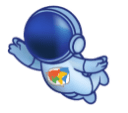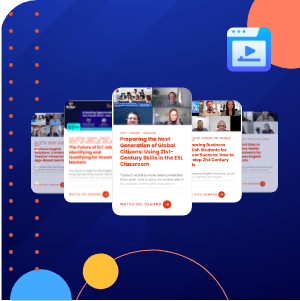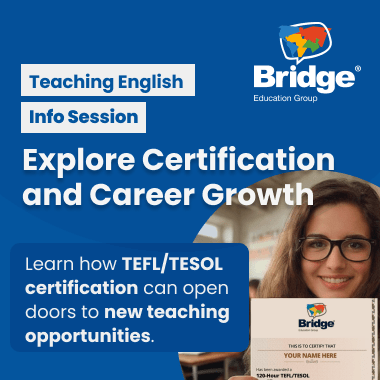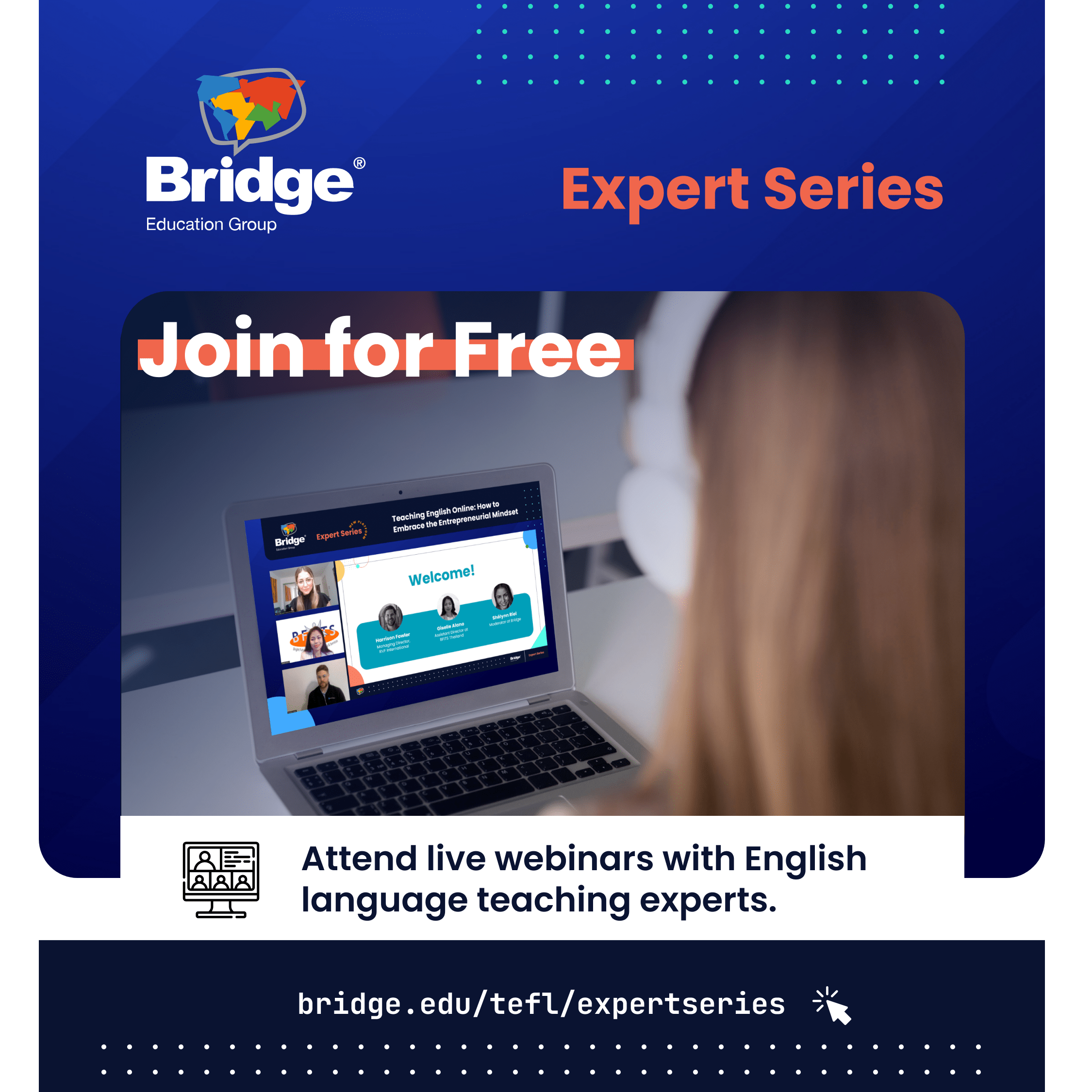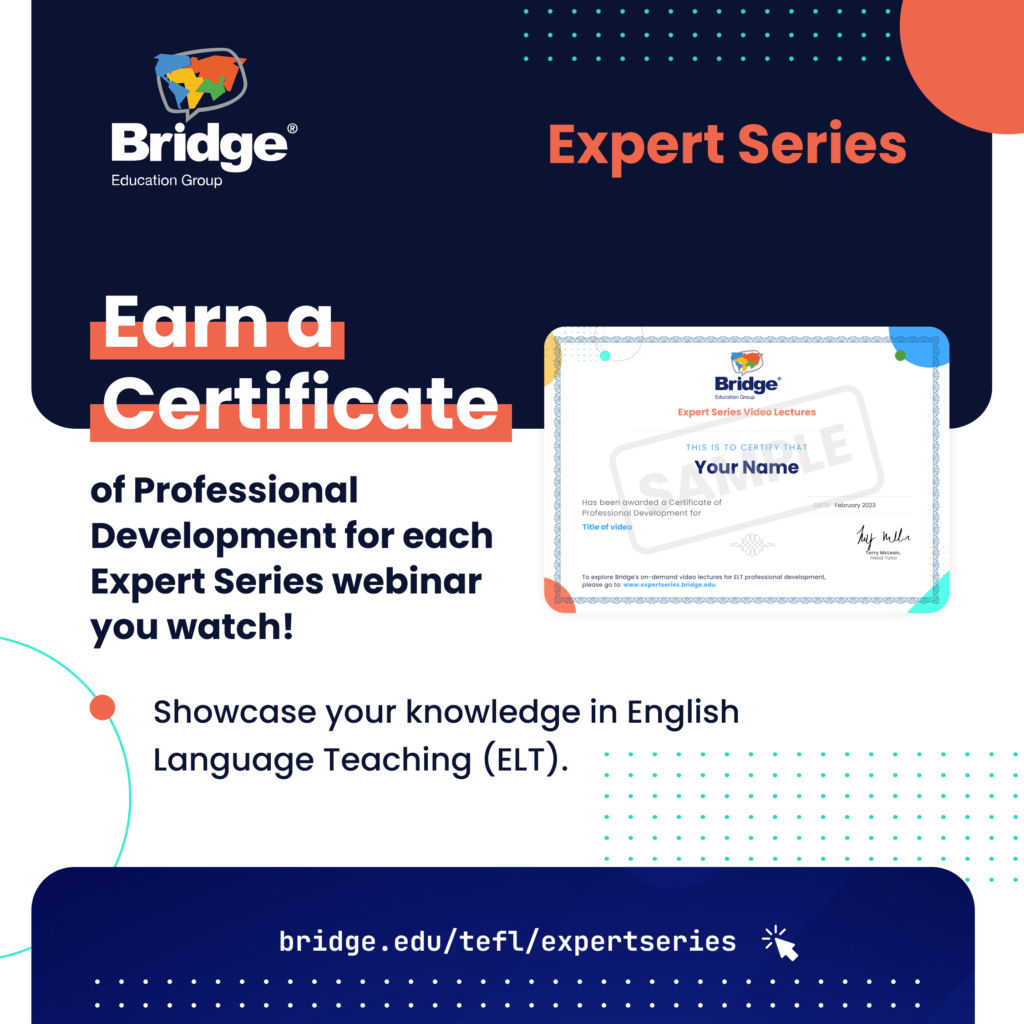English proficiency can be assessed in many ways, from classic multiple-choice quizzes to structured essays. Each method has its strengths, but scenario-based testing stands out for preparing learners to succeed in real-life situations where English is the medium of communication.
Scenario-based tests immerse students in realistic contexts, simulating workplace conversations, customer service interactions, or even casual travel exchanges. Whether navigating a supermarket in London, ordering at a restaurant in Sydney, or asking for directions in a Los Angeles theme park, these simulations give learners valuable practice in applying English naturally and effectively.
For teachers, this presents a change. This new approach shifts the focus from preparing students merely to pass the test toward equipping them for the authentic language demands they will encounter beyond the classroom.
To learn how to design courses that help students prepare for scenario-based English tests, explore the Bridge 40-Hour Designing Custom Courses Specialized TEFL/TESOL Certificate program.
What are scenario-based English tests?
Scenario-based assessments place candidates in realistic work or life situations, asking them to respond as they would in real-world situations. This might involve replying to a client email, participating in a meeting, handling a complaint, or making travel arrangements.
These tests assess more than linguistic accuracy. They measure transferable skills such as effective communication, problem-solving, collaboration, and adaptability. Bright Language, an international leader in language assessment, is at the forefront of this approach with its AI-powered scenario-based oral test, designed to evaluate skills in dynamic, real-life situations.
Unlock an extensive library of ELT webinars and earn professional development certificates
Bridge Expert Series
Join Our CommunityWhat is the Bright AI test?
In the Bright AI test, technology tailors questions based on specific field or job requirements, evaluating performance in real time, and provides immediate results.
Cinthia Cristaldi, Bright Language’s Head of Marketing and Communications, comments:
“The candidate receives an email with a link to access our secure platform and take the test. Once connected, it feels like a live interview or conversation with the AI. At the start, the system greets the candidate and begins asking questions related to the chosen scenario, offering short, constructive feedback along the way. The entire test takes only 10 to 15 minutes, and results are available immediately after completion.”
Bright AI evaluates grammar, vocabulary, pronunciation, and fluency, correlating results with Common European Framework of Reference for Languages (CEFR) levels. Teachers can receive a full transcript of the interview for review, allowing for targeted feedback and follow-up lessons as needed. The platform’s flexibility will enable tests to be taken without prior booking, at any time and from anywhere.
Its intuitive interface gives companies and institutions complete autonomy to launch and schedule tests according to their needs. It also supports faster recruitment by filtering candidates for first-round interviews, optimizing hiring processes, and identifying transferable communication skills.
The assessments can also be adapted to specific professional fields. Bright Language currently offers scenario-based tests for both general and professional English and is developing tailored solutions for industries such as hospitality, finance, and customer service. Again, this is especially useful when evaluating and hiring candidates.

Can teachers prepare students for scenario-based English tests?
Teachers are often the first to prepare students for tests, job interviews, or communication using English as a global language. Understanding the format and goals of scenario-based testing allows EFL professionals to create lessons that help learners succeed in both the exam and the real world.
Preparing students for these assessments also supports workplace readiness. They gain confidence in skills they will use in meetings, negotiations, service interactions, and collaborative projects. This approach aligns closely with communicative and task-based teaching, making classroom time more engaging and relevant.
Practical strategies for the classroom
1. Use task-based learning
Task-based learning focuses on real-life communication, which mirrors the performance that Bright’s test measures. Assign authentic tasks such as preparing meeting notes, giving instructions, drafting short reports, or handling a mock customer request.
2. Role-play real-world situations
Simulate interviews, international meetings, or service desk interactions at an airport. Rotate roles so students can experience different communication challenges within the same scenario.
Engage students in speaking activities with these TEFL discussion topics.
3. Focus on 21st-century skills and soft skills
Teach polite disagreement, clarification, and active listening. Practice turn-taking, confirming understanding, and summarizing discussions. Encourage learners to reflect, adapt, and problem-solve in real-time exchanges.
4. Build scenario-specific vocabulary
Tailor vocabulary to the settings most relevant to your learners, whether workplace English, academic discussions, or customer service. Include reusable functional expressions that fit multiple situations.
Looking for more information about 21st-century skills? Explore our 21st-Century Teaching Skills Micro-credentials and get ahead in your TEFL career.
Example classroom activity: Mini scenario simulation
Workplace Problem-Solving Task
-
Setup: Present students with a short scenario: “Your team’s product launch has been delayed by two weeks. A client is expecting an update.”
-
Task: In groups, students discuss possible solutions, agree on one, and prepare a short spoken presentation to deliver to the “client” (played by the teacher or another group).
-
Focus: Encourage polite, professional language, clear explanations, and balanced communication between delivering information and managing expectations.
This scenario-based activity develops speaking, problem-solving, and collaborative skills while reflecting the structure of Bright’s test prompts.
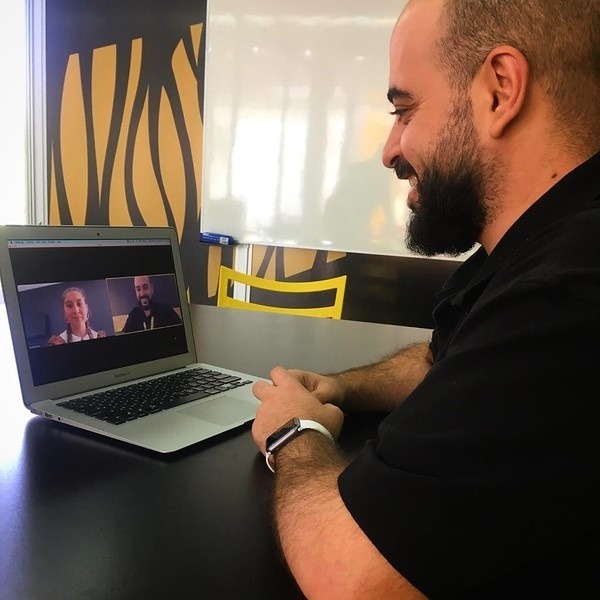
Looking ahead: What this means for language teaching
It is part of a wider movement toward authentic, communication-focused learning. It complements approaches like Content and Language Integrated Learning (CLIL), English for Specific Purposes (ESP), and other communicative methods that view language as a tool for achieving real-life objectives.
For educators, staying up to date with evolving assessment formats ensures that students are not only prepared for exams but also ready to succeed in professional, academic, and social settings. Scenario-based tests like Bright AI’s do more than measure language; they provide a rehearsal for the real-world demands of today’s interconnected societies.
Scenario-based English testing prepares students for the communication that matters most outside the classroom. By integrating role playing, task-based projects, targeted vocabulary, soft-skill training, and adaptive communication exercises, educators can help learners excel in exams such as Bright Language’s AI-powered test and in their future careers.
This approach empowers students to move beyond memorized answers towards more genuine and confident interactions. In a world where English is the common language of international collaboration, preparing students for authentic communication is not just a teaching goal, it’s a necessity.
